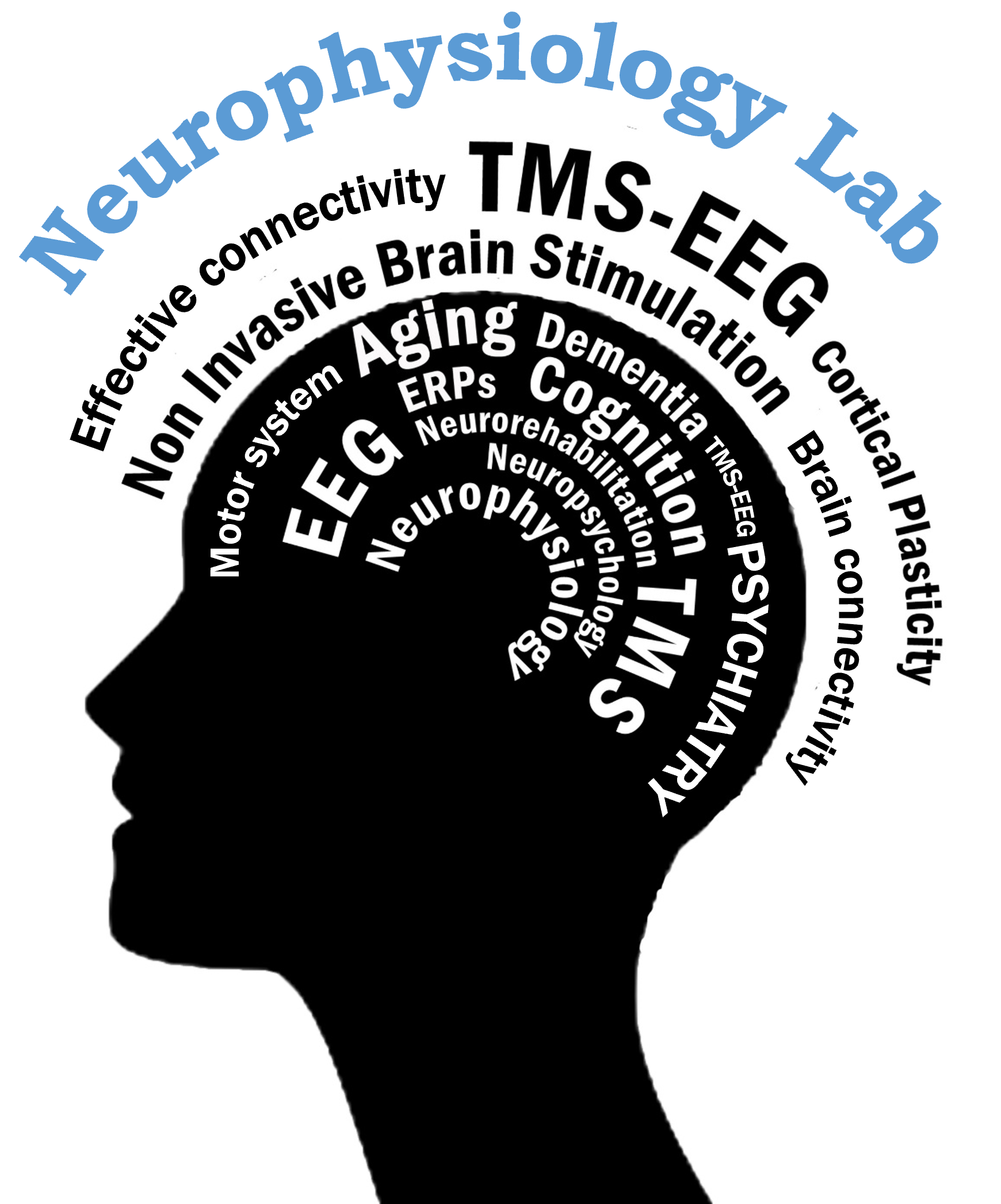The motor bases of joint actions
When people act purposively together, how can their actions and thoughts be coordinated around a collective goal? An answer to this question may be extracted from accounts of ‘shared’ or ‘collective’ intentionality. We take it to be uncontroversial that this answer is correct in many cases. But does it cover all cases? Or are there cases in which some other psychological structure explains how actions and thoughts may be coordinated around collective goals? As man is a social being, knowing how to act together with other people is a preponderant part of the functionality of the individual in society. Furthermore, numerous studies have shown that psychiatric disorders, such as schizophrenia, are characterized by reduced social skills associated with dysfunctions of the neural circuits linked to representations of actions. However, few researches have addressed this question directly today. The main aim of this project is to argue and provide evidence that in some cases it is a motor representation, rather than shared intentions, that enables interpersonal coordination of actions and thoughts around collective goals. Specifically, the experimental question is: In joint actions, can the collective purpose be represented at the motor level? To respond, we will study interpersonal coordination not only at the behavioral level but also at the neuronal level, through the combination of TMS-EEG.
